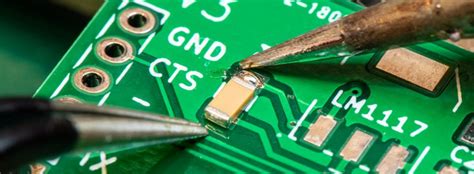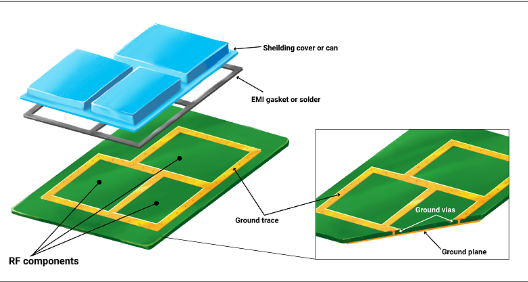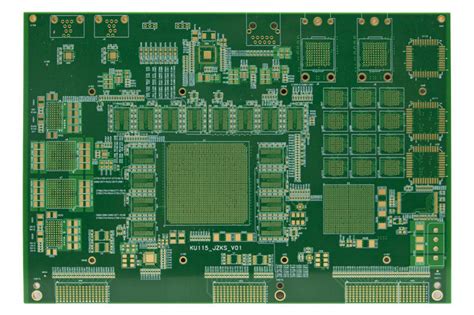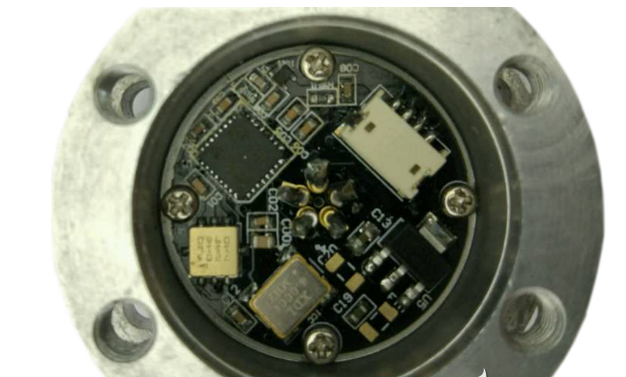Unveiling the Secrets: The Essential Machinery for Circuit Board Manufacturing
Key Takeaways
In the intricate and highly technical world of PCB manufacturing, understanding the essentials of the machinery involved is crucial. Throughout this article, your journey encompassed everything from laser cut SMT stencils, vital for precise solder paste application, to sophisticated Automatic Optical Inspection machines that ensure quality by detecting any defects that might compromise the board’s functionality.
Your exploration also emphasized the role of stencil printers and pick-and-place machines, which together streamline the placement of components with impeccable accuracy. Moreover, you’ve seen how essential drilling programs are in defining the complex network of connections fundamental to every circuit board. The customization allowed by these technologies facilitates versatility in PCB design, meeting diverse application needs.
Starting a PCB manufacturing business might seem daunting due to the significant PCB manufacturing cost involved in acquiring this sophisticated equipment. However, understanding these costs is indispensable, providing you with a realistic framework for setting up efficient production lines. This insight is particularly beneficial for both novices and experts aiming to stay competitive in this fast-evolving industry.
For those pondering entry into this sector or looking to refine their operational capabilities, this discussion is tailored to provide a comprehensive understanding of what it takes to succeed in PCB manufacturing companies. Hence, it equips you with knowledge not just about machinery but about strategic planning necessary for successful venture establishment and sustained growth in the PCB industry.
Key Takeaways
In the intricate world of PCB manufacturing, understanding the machinery and processes involved becomes crucial. As you delve deeper, you start with the design phase where laser cut SMT stencils play a pivotal role. These stencils ensure the precise placement of solder paste, which is fundamental in assembling a PCB.
Moving forward in the production line, stencil printers lay down the solder paste onto PCBs with precision. Following this, pick-and-place machines come into action; these machines are vital as they accurately place components onto the soldered board based on predefined programs.
Your journey through PCB manufacturing doesn’t end there. Drilling is another critical procedure where specialized machines create necessary holes and slots in the PCB, followed by the application of a protective coating to safeguard delicate circuits against environmental damage.
An investment that combines both effectiveness and efficiency is Automatic Optical Inspection. This technology allows for automatic inspection of PCBs for ensuring that all components are correctly assembled and soldered, safeguarding against potential assembly errors.
Moreover, for individuals looking to start their own PCB manufacturing business, a significant aspect to consider is the PCB manufacturing cost. Setting up factories requires substantial capital investment in state-of-the-art machinery and hiring skilled technicians to oversee intricate production processes.
Hence, whether you are a novice eager to learn about PCB manufacturing or an expert looking to enhance your production line, understanding these stages and technologies will provide you with deeper insights into how advanced circuits come into being through rigorous processes facilitated by sophisticated machinery.
Conclusion
As you have traversed the realms of PCB manufacturing, it’s evident that the journey from conceptual design to a final, functioning circuit board is backed by a series of intricate processes and advanced machinery. Understanding the roles of different equipment, such as pick-and-place machines and Automatic Optical Inspection systems, allows for a deeper comprehension of the operational subtleties involved in PCB manufacturing companies.
The financial aspect is also non-trivial; initiating a PCB manufacturing business requires thorough planning and substantial investment. Table 1 below illustrates a basic cost breakdown for setting up a PCB manufacturing unit, providing you with an estimation to kickstart your venture:
| Item | Approximate Cost |
|---|---|
| Laser cut SMT stencils | $10,000 |
| Stencil printers | $5,000 |
| Pick-and-place machines | $25,000 |
| Automatic Optical Inspection | $15,000 |
| Setup and installation | $20,000 |
“Remember that these costs can vary widely depending on the technology level and scale of the operations involved in your pcb manufacturing cost.“
As this industry tightens its precision and pushes towards more automated solutions, staying updated with new advancements will ensure that your business remains competitive and efficient. Whether you are a novice eager to dive into the world of PCBs or an expert looking to refine operational efficiencies further—a well-rounded understanding obtained from this exploration paves the way for profound opportunities in the ever-evolving landscape of PCB production.
FAQs
Q: What are the most crucial machines involved in PCB manufacturing?
A: The core machinery in PCB production includes stencil printers, pick-and-place machines, and Automatic Optical Inspection (AOI) systems. These are essential for placing components accurately and verifying the correctness of the board after assembly.
Q: How can I calculate the costs associated with setting up a PCB manufacturing business?
A: The pcb manufacturing cost depends on several factors including the scale of production, machinery, and material costs. Initial setup can be substantial due to the need for precise and high-quality equipment.
Q: What should I consider when choosing a location for my PCB manufacturing factory?
A: Consider proximity to suppliers and target markets, availability of skilled labor, and local regulatory requirements which can influence operations and logistics.
Q: Are there any specific tips for someone starting a pcb manufacturing business?
A: Yes, focus on quality control and sourcing robust machinery. It’s also beneficial to partner with experienced pcb manufacturing companies to gain insights into industry standards and technology updates.
Please click here for more in-depth insights into PCB Manufacturing
These questions will help guide you in your journey into the world of PCB manufacturing. Whether you’re a novice eager to learn or an experienced professional looking to enhance your operations, delving into these areas will provide critical understanding and sharpen your competitive edge in this dynamic field.







